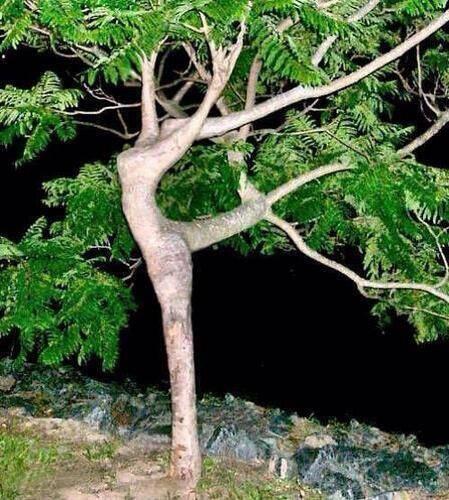The leaves sway and dance to the rhythm of the wind, causing the trees to come alive and move in harmony with the world around them. This mesmerizing display is commonly known as the “dancing trees”.

Numerous cultures have a deep reverence for trees and perceive them as divine entities possessing their own vitality or essence. The concept of dancing trees is a manifestation of this notion, enhancing the enchantment of a forest in action.


As the breeze intensifies, the tree limbs sway and contort, putting on an entrancing exhibition of motion. It’s difficult not to be awed by the spectacle of dancing trees. Indeed, some folks believe that this enchanting display has a beneficial impact on our sentiments and deepens our bond with the natural world.

The sight of dancing trees is undeniably captivating, but its significance goes beyond just being a visual treat. This natural occurrence plays a crucial part in maintaining the ecosystem. As the wind blows, it assists in spreading seeds and pollen from one tree to another, which results in new growth and flourishing. The movement of the trees also aids in distributing nutrients and water throughout the forest, ensuring the well-being of the entire ecosystem.

Regrettably, the charming sight of swaying trees may become scarcer in the future due to the mounting danger of deforestation and climate change. It is crucial for us to take measures to safeguard our forests and guarantee their flourishing existence, so that they can continue to sway gracefully for generations to come.
To sum up, the sight of dancing trees is a wonderful and breathtaking experience that serves as a reminder of the enchanting force of nature. While we strive to safeguard our forests and maintain the balance in our environment, it’s equally important to appreciate the incredible phenomenon of these swaying trees and acknowledge their significance in the ecosystem.






